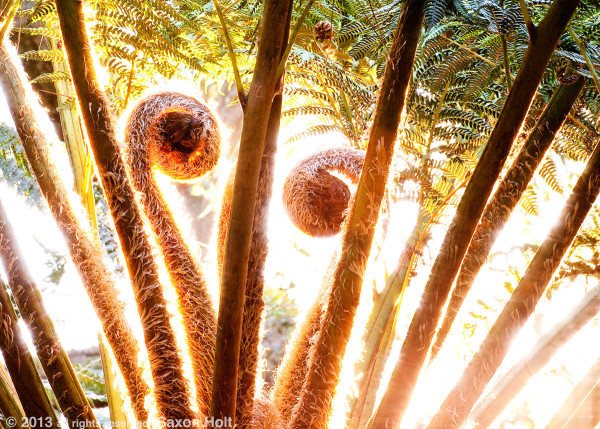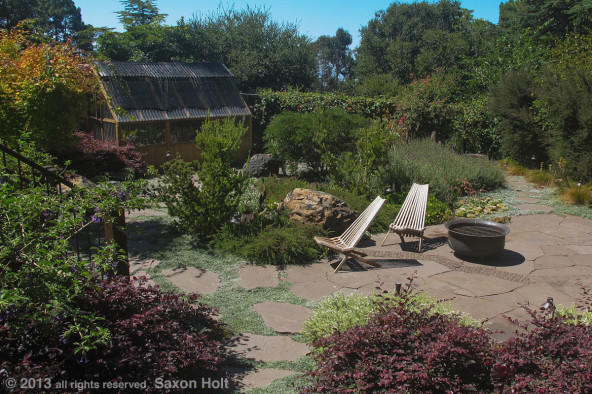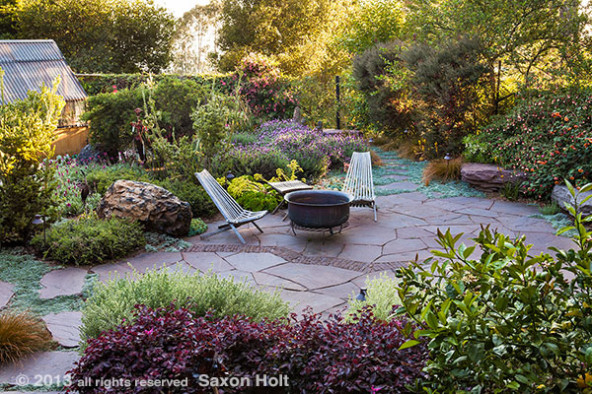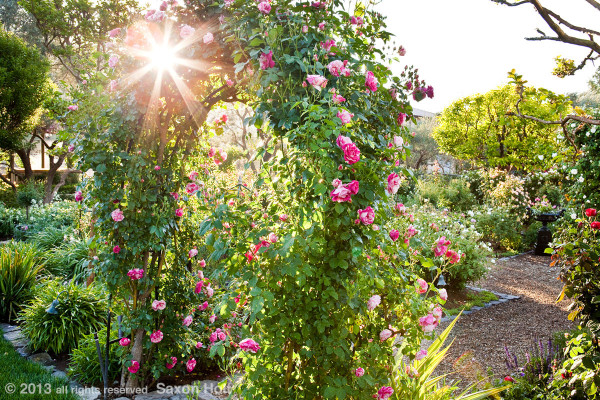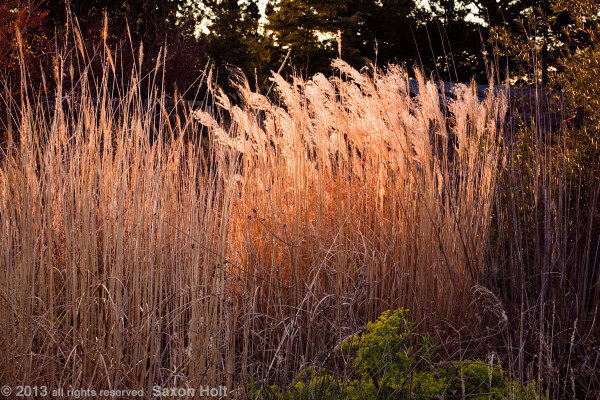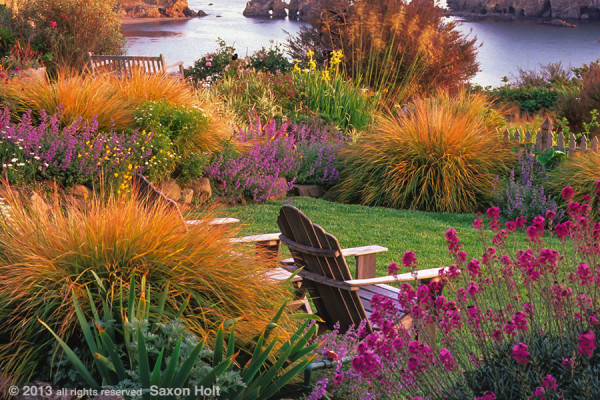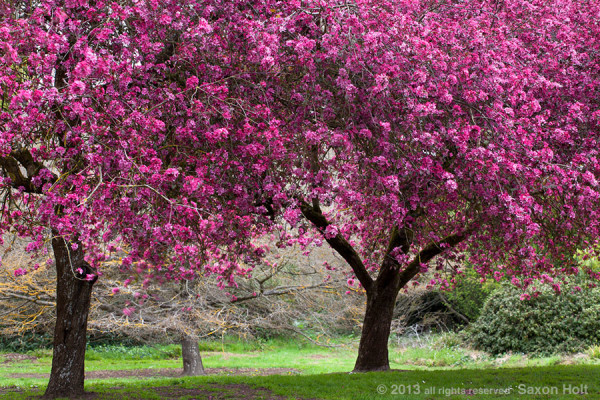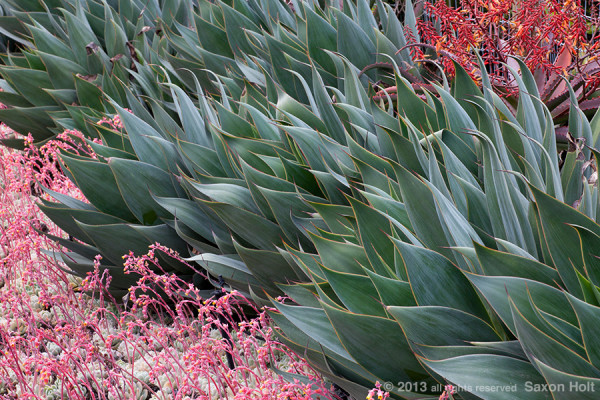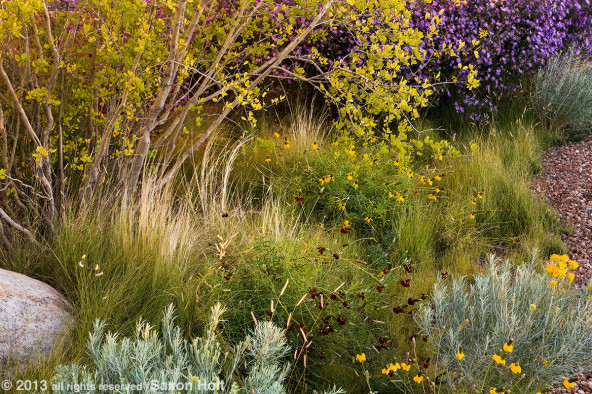Photographers talk about “The Light” in reverential terms. It is the life blood of outdoor photography no less than it is the lifeblood of plants for photosynthesis.
Learning how to read the quality of light is the single most important skill in good garden photography.
I have talked about it for years here at Gardening Gone Wild. Some of my favorite posts have been about the light. “Light Kisses”.
When the light is good I get lots of pictures. When it is spectacular I get calendar pictures. When it is bad . . . I usually go home. Bad light is a waste of time, typically bright sunny days where the contrast between sun and shade is so strong that the camera will have little success seeing what the eye does.
Sometimes the exception to the rule of avoiding strong sun, as we see in the recent Summer Shadows post from Deborah Lee Baldwin, is to work with sun and shadows to create abstracted patterns and get playful details. But in general, garden photographers stay away from strong contrasty light.
Camera sensors do not process light as well as the human eye. We might look at a bright, colorful sunny scene and feel excitement in the range of light we see. We see details in the bright colors, we see details in the dark shadow.
The sensor in the camera does not have that same dynamic range. It must favor one range, the highlights or shadows, over the other. There are tricks to improve your camera’s range, using HDR (High Dynamic Range) multiple exposures capabilities, but it is always preferable to get good light than to fix bad light.
How do you find good light for garden photography? Let’s get to the basics – look for soft light. Get up early in the day.
I like dawn because the air and the color of light is clean, the plants fresher, there is usually less wind, and the quiet of the morning can open up the creative sensors. The first hour or two of daylight is best. End of lesson.
I wish it were so easy. Yes, dawn light is the best but it is often hard to get into a garden before dawn in order to be ready for the light, and even then, the light is changing fast, bright areas appear quickly, and get worse by the minute.
There is also wonderful soft light in the evenings.
A great advantage to working in the evening is being more familiar with the garden, assuming you have arrived in time to scout around. The light gets better and better.
And, here is maybe the best tip of the day: the light after the sun goes down is great for garden photography. Not only is it soft but the quality of light is excellent. Colors will render really well. You will need a tripod to take advantage of twilight since low light means long shutter speeds, but the color of the light is quite good.
Remember our discussion in Chapter One about the color of light ? At twilight, after the blue color disappears the sky turns almost white and the light, while there may not be much of it, is a good color for garden photography. It is soft and rich. With a tripod and quiet winds you can great results, though you may need a shutter speed of several seconds.
The key is soft light and the lesson is to go look for it. You can’t always work in the first or last hours, especially in long summer days of garden glory so find other opportunities: in an evenly cloudy day, in fog, or work in the shade.
Living in coastal California I count on foggy days and try to keep my schedule open and flexible to adjust for good foggy weather. Low dense soupy fog is troublesome but high overcast is fantastic, a softbox in the sky. (A softbox is a term for a studio photographer’s light source, a light box).
Colors will come true on cloudy days, light tends to surround the garden, and many perspectives back and forth through the garden are possible. When fog breaks and the clouds are dissolving there are often a few moments of spectacular light where the garden almost looks sunny but there is enough diffusion in the sky to cut the contrast.
Evenly cloudy, overcast skies can be just as effective as foggy days but beware of partially cloudy days. On days when the sun hides behind a small cloud in a blue sky, the resulting light will not suffuse the garden and will be very flat, bluish, and dull.
When you can’t wait for a fine, high, thin overcast, plan morning shoots and expect to be retreating into shady areas to get soft light without the strong contrast of the sun.
Open shade may be a bit dull (and blue too), but is at least it is soft.
So, to summarize, soft light is early or late in the day, when the sun is off the garden; or an overcast day; or in the shade. Look for the shade on the north side of buildings and larger landscapes, be cautious in shade directly under trees and speckled light of woodland gardens. Even the smallest amount of bright sun spots in an otherwise shady photo will distract the viewer and confuse the balance of a photo.
Learning to use the light means learning to find soft light. Ignore the sun … for now. Later in this lesson we will get into advanced techniques, sun streaks, golden glow, backlight, and scrim but now, looking for soft light is first.

